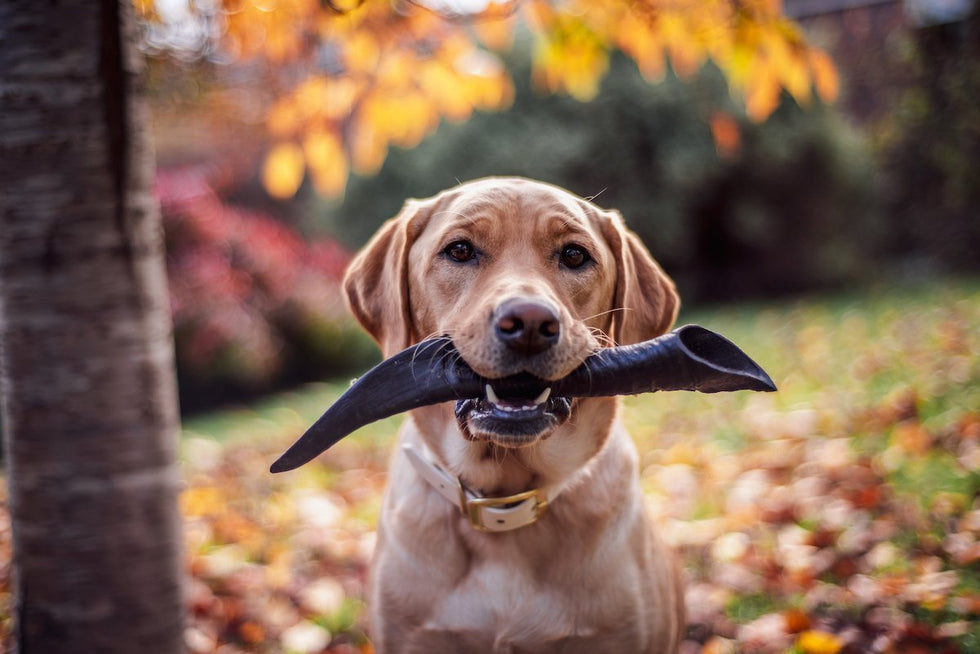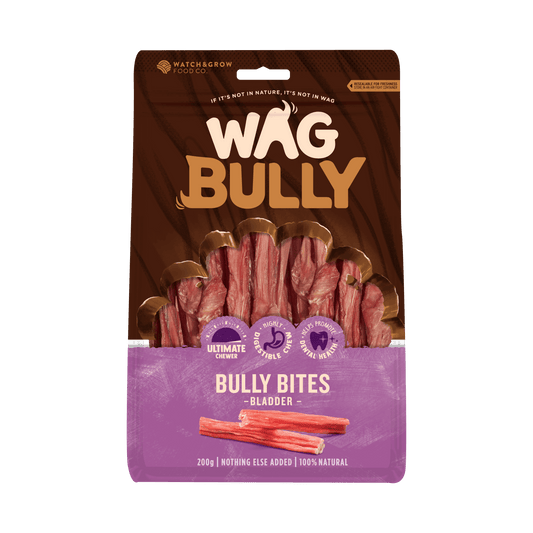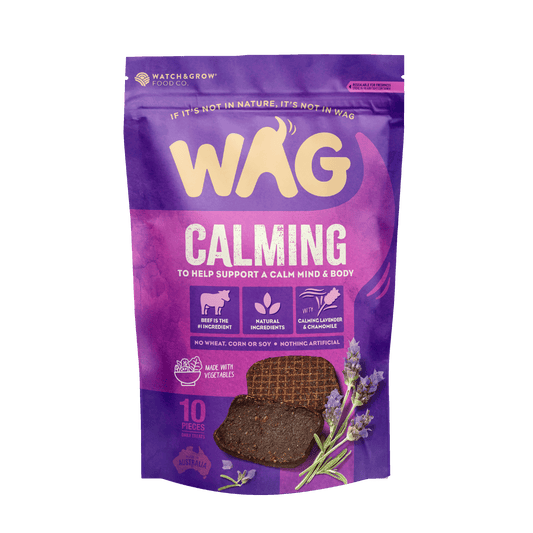As the Australian summer blazes on – reaching record heights in temperature and staggeringly steamy days – you’re probably wondering about the best way to care for your doggo in this heat.
Aussies are renowned for qualities of endurance, courage and perseverance – qualities we need to conquer our blistering summers. We don’t shy from sizzling footpaths. We’re internationally known to fist-pump with joy when those 30C days roll by and we’ve got reason to hit the beach.
Even for those of us not quite so keen on the heat, we know that keeping indoors isn’t always a viable option. And for our dogs, most of which have an intense physiological need for exercise, not going outside might seem like something out of their worst nightmare.
But unfortunately, summer days aren’t just about white sand and sun-bathing: there are some real risks associated with spending time under the blazing sun for not only us, but our dog’s too.
So before you grab your doggo and set out to the nearest shore, stick around for the best ways to avoid sunburn.
Can dogs get sunburn?
Absolutely. In fact, dogs are just as likely as you to become sunburned! While they may have a plush coat to protect against other elements of the environment, a dog’s coat does very little against the sun’s powerful UVB and UVA rays. Sunburn works similarly between dogs and humans, but it manifests quite differently – meaning some owners may miss the fundamental signs.
Sunburn is a very serious ailment for dogs, and can range from minor discomfort to extreme burns. Sunburn is not just painful: it can also have dangerous and life-threatening consequences. And as the most prevalent type of cancer amongst dogs, skin cancer should be taken seriously by preventing sunburn at all costs.
Are some breeds more prone to sunburn?
All doggos are susceptible to developing sunburn, but some more than others. There are a variety of physical traits and characteristics that make a dog less resistant to sunburn, and for those dogs, more intensive sun protection might be necessary.
Short-haired and pink-skinned dogs, like Boxers, Bull Terriers or Whippets, are among the most likely to develop sunburn. Hairless dogs, such as Chinese Crested Dogs or Xoloitzcuintli, are even more vulnerable to the harsh rays of the sun, and protecting them from sunburn can be far from a walk in the park.
But for each and every breed of dog, no matter their skin-colour or coat-type, certain areas of the body are more easily burnt. When spending time outdoors, it’s vital to keep a close eye on some of your doggo’s more sensitive spots, such as their nose, ears, eyelids, stomach and mouth.
What are the signs of sunburn for dogs?
The symptoms of sunburn for our doggos are often not dissimilar from the symptoms of human sunburn – though they can manifest differently due to the skin thickness and coat.
Keep your eye out for these symptoms:
- Skin blistering and ulcers
- Inflammation and redness
- Cracked skin
- Hair loss
Less serious symptoms of sunburn generally occur within an hour of sun exposure, but may take between 2-3 days to develop completely.
For more serious cases of sunburn, symptoms may further develop into:
- Infection
- Skin cancer

How should I prevent sunburn?
Fortunately for our doggos, there are a variety of ways to diminish the risks of sunburn.
If you’ve got no option except to leave your dog outside during the day, it’s essential to provide them shade and sun protection. A leafy tree can be well-equipped to fight away the sun’s harsh rays. If your backyard is more barren, setting up an umbrella or gazebo can do just as good a job.
A wading pool is an unbeatable way to keep your dog cool in the blazing heat. As an added bonus, a pool allows your doggo to dip their sensitive (and more sunburn-prone) bits into refreshing water, away from UV rays.
When you’re spending time outside during summer, it’s probably second nature for you to slap on some sunscreen. Lucky for our doggos canine-friendly sunscreen can be found at almost any pet retail chain, and is an unbeatable way to protect their more vulnerable features. It’s always best to discuss your sunscreen options with a veterinarian, who might be able to tailor-pick a product that’s perfect for your doggo.
There are some considerations when applying sunscreen to your dog. It’s essential to only use a canine-specific sunscreen, and never one designed for humans. Human sunscreen generally contains toxic ingredients like zinc oxide, or para-aminobenzoic acid. Not only are these chemicals substantially poisonous, but they’re also exceptionally easy to be consumed as dogs go about licking themselves.
For full-body coverage – particularly useful for hairless breeds – you can find a variety of UV protective clothing for your doggo. Protective sunsuits, goggles, and rash shirts are all efficient (and fashionable!) methods of protecting a larger surface of your dog’s sensitive skin.
What do I do if my dog develops sunburn?
In most cases, sunburn is easily managed and has a positive prognosis for your dog. However, if your dog develops sunburn, it’s always recommended to approach a vet for their opinion. What might seem like harmless skin irritation could have dangerous potential and cause serious pain.
Mild sunburn, generally in the form of redness and inflammation, can often be managed with the use of ice-packs and cool compresses. For more severe burns the use of antibiotics, ointments and cortisone treats might be prescribed to manage pain and promote healing.
Take charge of summer!
The sun might be powerful, but it’s got nothing in the Aussie determination to get outdoors with our dogs. Keep these tips in mind for the months ahead to ensure your doggo’s total sun-safety – and while you’re at it, don’t forget to apply your own sunscreen, too!
Shop the Recipe
WAG Team
Up Next
Do dental treats for dogs work?




